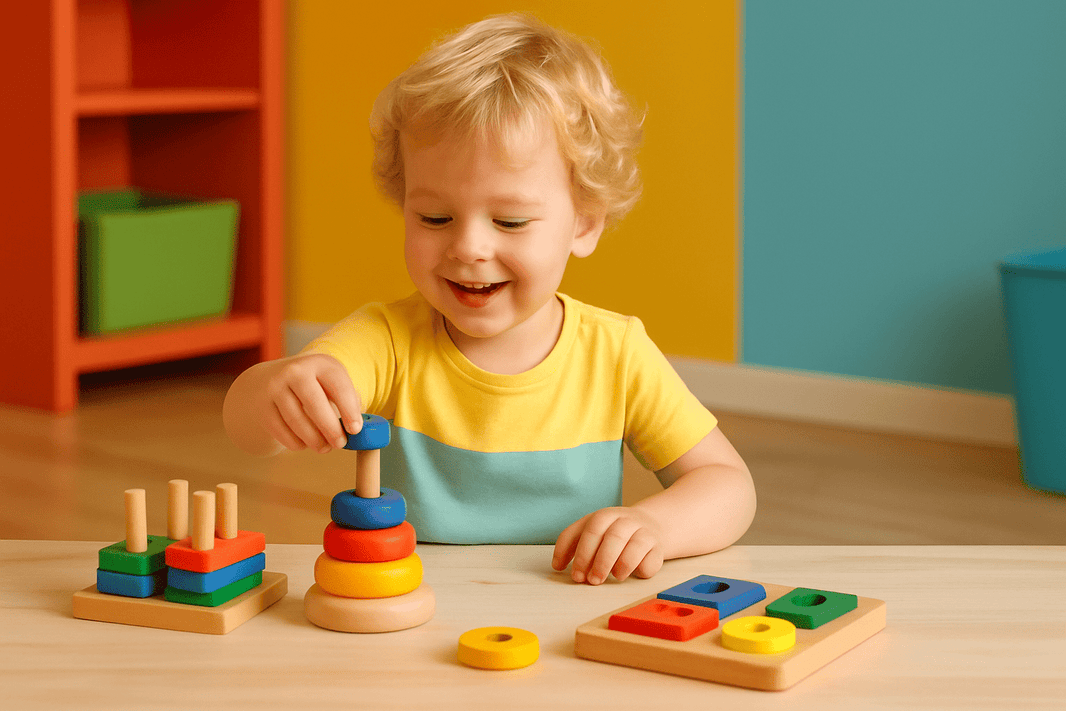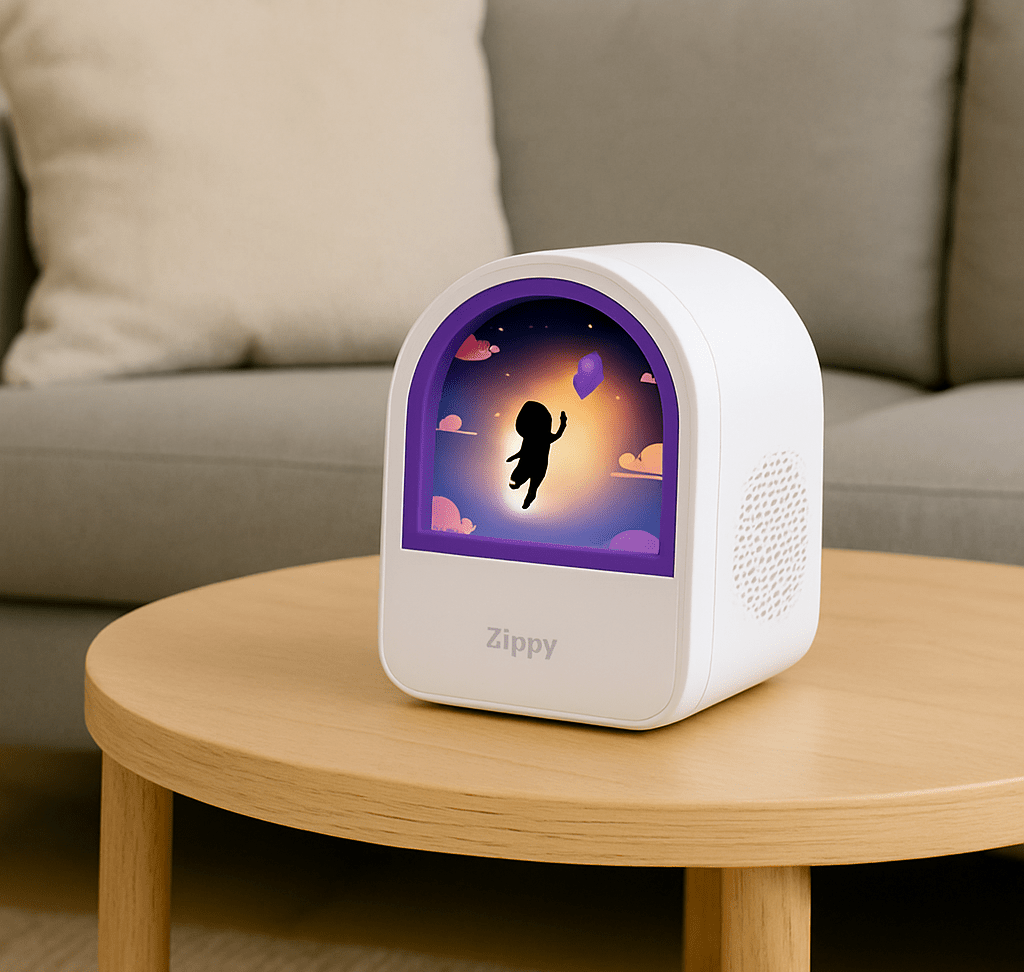If you’re a parent today, you already know how hard it is to limit screen time. Between schoolwork on tablets, streaming cartoons, and educational apps, kids end up spending hours staring at screens. And while some of this content is useful, too much of it comes with side effects you can’t ignore — poor sleep, shorter attention spans, and less time for face-to-face conversations or active play.
That’s one reason screen-free audio players are becoming so popular in 2025. These little devices are giving families a simple way to keep kids entertained and learning — without another glowing screen. They bring stories, music, quizzes, and facts to life in a way that keeps children engaged but not overstimulated.
Let’s look at why so many parents are making this switch, and what real benefits these devices bring to your child’s growth and learning.
Why Audio Learning Feels Right in 2025
Think back to your own childhood — maybe you had grandparents who told bedtime stories, or you remember listening to radio shows. Storytelling without screens has always been part of how kids learn. What’s changed is that now, with kid-friendly devices, parents can make that magic happen anytime.
Experts in child development keep reminding us that kids need unstructured play and time for their imaginations to work. When they only consume ready-made videos, their brains don’t have to work as hard because every scene is already drawn for them. But when they listen, they picture everything in their own way. That is powerful and necessary for creativity and problem-solving.
Parents who’ve tried screen-free learning often notice a difference in just a few weeks like calmer playtimes, longer attention spans, and less resistance at bedtime.
Imagination Gets a Real Workout
When children listen to a story instead of watching it, their minds get busy filling in all the blanks. What does the hero look like? How does the jungle sound at night? Each child imagines it differently in their own way and that’s the magic.
This mental exercise is important for kids. Studies have shown that kids who listen to regular stories are better at describing events, telling their own stories, and coming up with creative ideas.
With a device like Zippy, this becomes part of their daily life. Instead of passively watching a cartoon or playing a video game, they’re actively imagining what happens next with full interest.
Listening Skills Get Stronger
We don’t talk much about listening as a skill, but it’s crucial everywhere whether it is in school, at home, and later in life. Unfortunately, fast-paced videos and quick-scrolling feeds are training kids to pay attention for just a few seconds at a time.
Screen-free audio players slow things down. Kids have to follow along with the story or quiz from beginning to end. Over time, they get better at concentrating, waiting for answers, and remembering details.
Teachers often notice that kids who practice this kind of listening are more patient in class, have good concentration and better at following instructions.
A Natural Way to Build Vocabulary
If you’ve ever been surprised at a new word your child uses, you already know how quickly kids pick up language. The more words they hear, the richer their vocabulary becomes.
Audio learning exposes them to new words, phrases, and sentence structures every day in a fun way. They also get to hear how different characters are spoken, which helps with pronunciation and expression.
For Indian families, devices like Zippy are extra helpful because they offer content in English and regional languages, giving children a chance to grow up as confident bilingual speakers.
Independent Play That Feels Safe
Every parent has moments where they just need ten minutes to get something done — make dinner, take a work call, or simply sit down. A screen-free audio player is a great solution because it keeps kids busy, but not overstimulated.
The best part? Kids can operate it on their own without waiting for others to operate it for them. They can pick their favorite story card, press play, and enjoy. This independence builds confidence and teaches them to manage their own playtime.
A Calm Alternative to Overstimulation
We all know how hyper kids can get after too much screen time. Screens deliver constant motion, bright colors, and fast cuts that make it hard for children to relax, and this the only reason of hyper active kids or kids who cry more or are stubborn.
Audio players provide a much calmer experience. No flashing lights, no endless scrolling, just sound. Parents often find that kids sleep better when their bedtime routine includes listening to a story instead of watching a video.
Teaching Emotional Lessons Through Stories
Stories aren’t just something fun to pass the time, they help in a kid's education, improve vocabulary, pronunciation, learning good habits and much more. When they hear about a brave character facing a challenge or a friend helping someone in need, they quietly learn what courage and kindness look like.
And it’s not just the happy moments that matter. When a character makes a mistake, feels sad, or struggles with a problem, children get to see how they deal with it. This helps kids realise that it’s okay to feel upset sometimes, and that problems can be solved in different ways.
Over time, listening to these kinds of stories helps kids recognise their own emotions and notice how other people might be feeling too. That’s a big step toward building empathy, something that will help them in school, friendships, and life..
Creating Family Moments That Matter
One of the simplest ways to bond with kids is by sharing a story. Parents can sit together with their children, listen to a story, and talk about it afterward. Answering their questions and queries related to the story.
You don’t need a fancy setup, just a few minutes together and an open-ended question like, “What did you think of that character?” These small conversations strengthen trust and connection.
Learning That Travels With You
Car rides, waiting rooms, vacations — all of these are opportunities for learning. Screen-free audio players are light, portable, and easy to carry around, which means you can take them anywhere.
Unlike tablets, which often need constant supervision, audio devices are safe and filled with pre-approved content. Parents love this because it turns “dead time” into meaningful time.
Why 2025 Is the Right Time to Make the Switch
Screen time isn’t going away — and it doesn’t have to — but most parents are looking for balance. Screen-free audio players are that middle ground. They use technology in a way that helps children focus, learn, and stay calm.
Today’s devices like Zippy are better than ever, with curated content, language-learning packs, and even relaxing sleep music. They grow with your child and adapt to their interests — which means they’re not just a toy but a long-term learning companion.
Final Thoughts
Kids don’t need more screens to learn. What they need are experiences that help them imagine, listen, and think for themselves.
A screen-free audio player for kids like Zippy is one of the easiest ways to make that happen. It gives them stories to dream about, words to learn, and ideas to explore — all while reducing screen time.
If you’re ready to make learning calmer, more creative, and more meaningful in 2025, Best Audio Player for Kids might just be the parenting tool you’ve been looking for.





